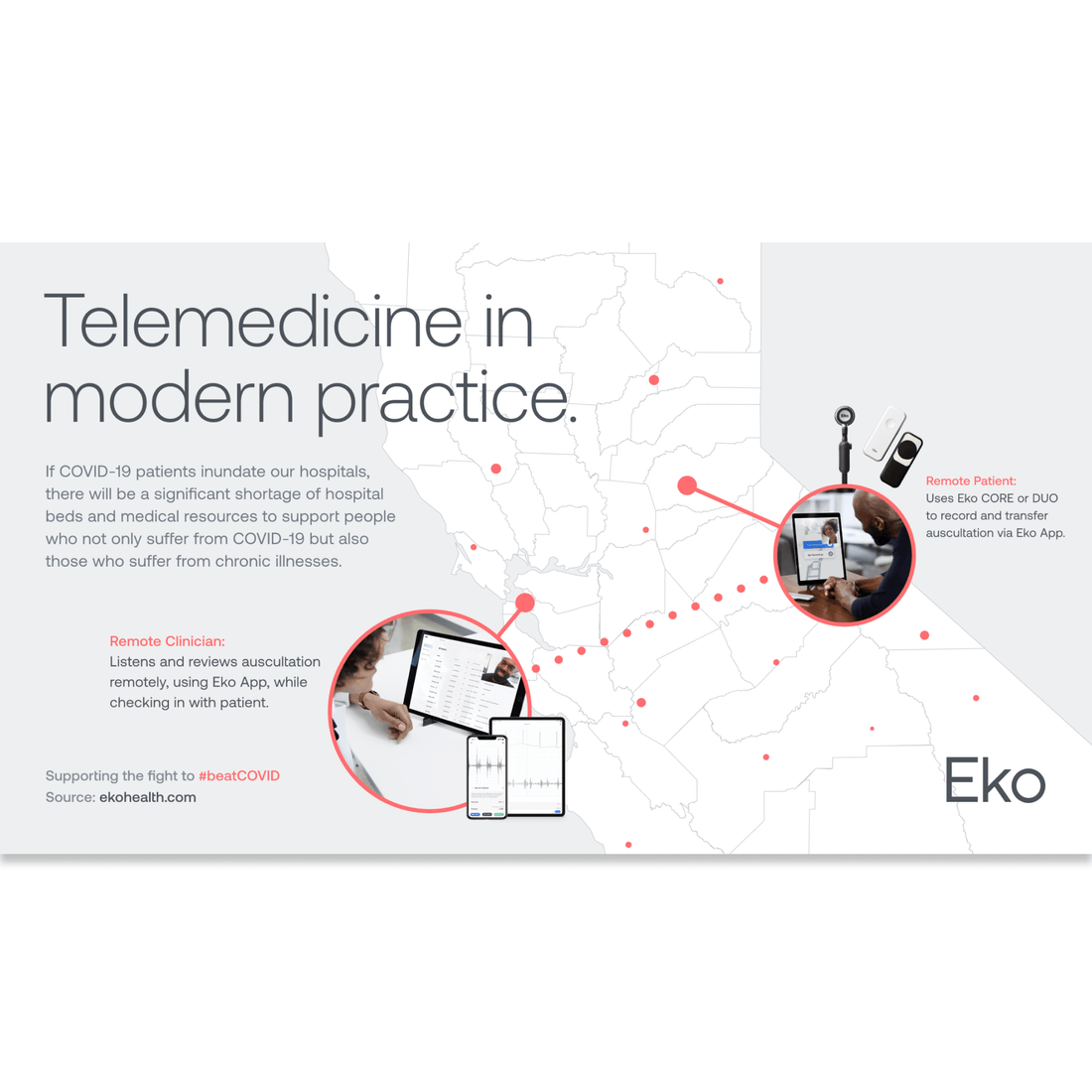COVID-19's Effect on the Healthcare System

The Bay Area, a hotspot for the COVID-19 outbreak, has recently issued a "shelter in place " starting March 17th for three weeks in an attempt to contain the virus. The order came after the number of COVID-19 cases dramatically increased, with at least 272 confirmed cases of the virus in this area-- not including the people who are infected who have not yet been tested. As schools, businesses, and large events shut down, the move towards more strict regulations and public health measures will be seen across the country to prevent the disease from spreading and overwhelming our health systems.

What we need to know about COVID-19
COVID-19 is a virus that is highly contagious and can be easily transmitted via droplets from person-to-person. It can survive up to 9 days on different surfaces such as metal, ceramics, and plastics. There is an incubation period of 2-14 days, so even young and healthy people who do not have symptoms or signs can infect others unknowingly. Cases of infection vary from mild symptoms that resolve spontaneously to severe and critical respiratory conditions requiring hospitalization and even intensive care. With a mortality rate of 3%, the mortality rate of COVID-19 jumps significantly for the elderly and people with chronic medical conditions. According to research done at the Wuhan hospitals, those infected with comorbid conditions such as cardiovascular disease and diabetes have poorer outcomes. Sepsis was the most frequently observed complication, followed by respiratory failure, acute respiratory distress syndrome (ARDS), heart failure, and septic shock.
How COVID-19 affects our health system
A presentation from the American Hospital Association predicted the numbers of how the coronavirus disease will affect our hospitals and health systems (seen below).

According to the American Hospital Association, the U.S. has 46,800-64,000 medical intensive-care unit beds. U.S hospitals are equipped with about 160,000 ventilators to support people with serious respiratory conditions. If the disease is predicted to affect 96 million people in the U.S. with an estimated 1.9 million people requiring ICU beds, we will be facing severe challenges similar to the ones Italy is facing today. If COVID-19 patients inundate our hospitals, there will be a significant shortage of beds and medical resources to support people who not only suffer from COVID-19 but also those who suffer from other serious illnesses, such as heart failure, cancer, sepsis, and stroke. Since mortality is much higher for the elderly, countries with an aging population like ours will be hit hard. If we can reduce the burden on the healthcare system, health systems can be more prepared and equipped to handle and support patients, reducing potential fatalities overall.
How we can support our health systems
We need to flatten the curve by implementing diligent hygiene practices and social distancing to slow down the spread of disease and prevent it from overwhelming our healthcare systems. We need to support our health care professionals who are caring for and treating patients with COVID-19, while reducing their risk of exposure to the disease.

Telehealth and remote patient monitoring tools enable clinicians to provide high standards of care to patients while protecting their own health and the health of their loved ones. Telehealth will be an essential tool in our collective fight to #beatCOVID. With Eko Telemedicine, telehealth providers are able to listen to lung and heart sounds as if they are standing at the patient's bedside. In response to COVID-19, health systems are also equipping high-risk patients with the tools they need to conduct thorough telemedicine visits from their homes. Clinician-to-patient telemedicine can help reduce the clinician's risk but also the patient's risk of acquiring COVID-19 during an unnecessary visit to a highly-trafficked ER or clinic. For patients with COVID-19 under active home monitoring, it also eases the patient load on hospitals who are struggling to find more patient beds. It is more important now than ever to take aggressive measures to flatten the curve and save lives.